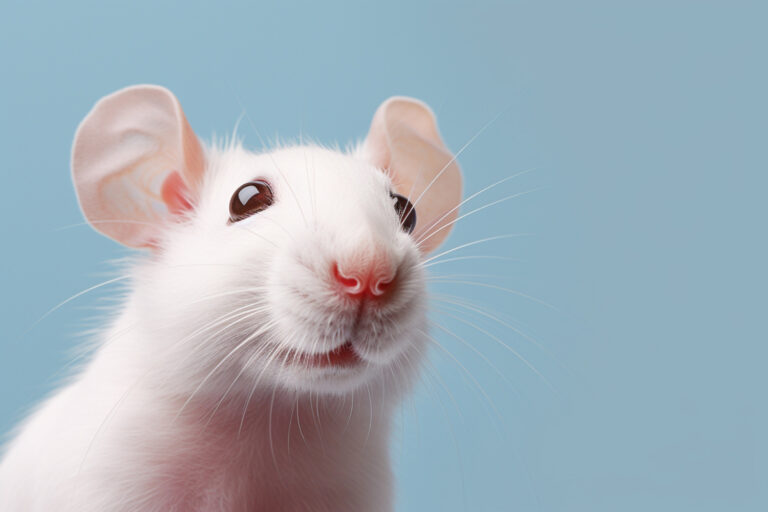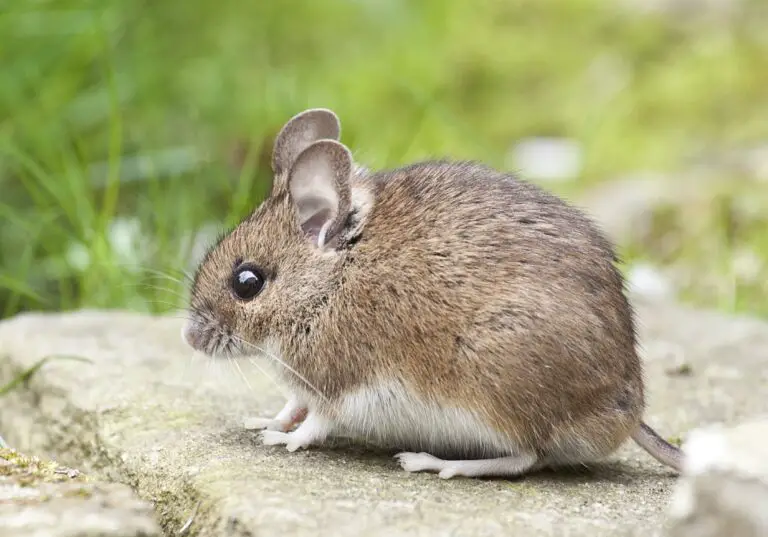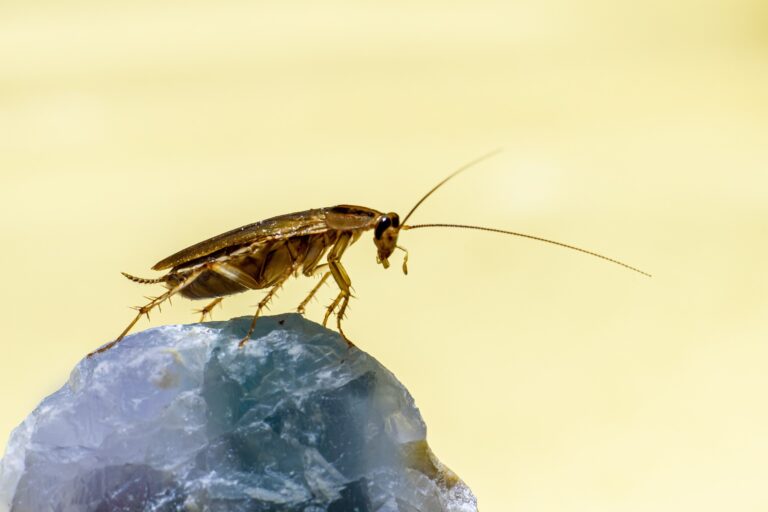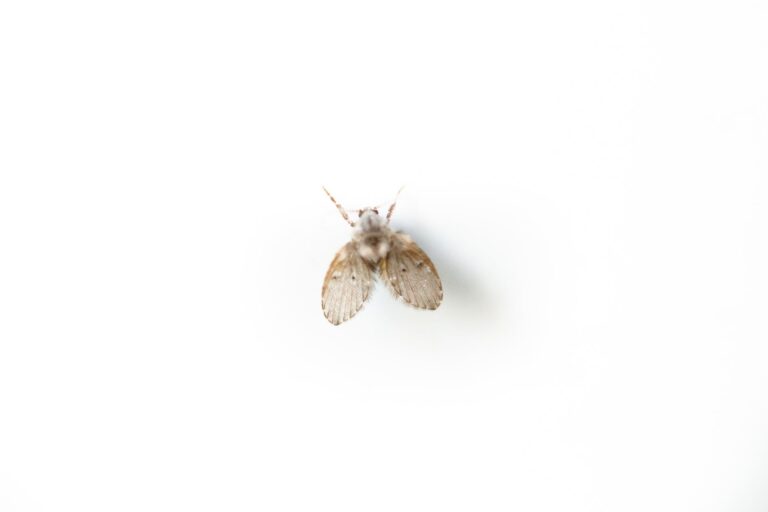Rat vs Mouse: What’s the Difference?
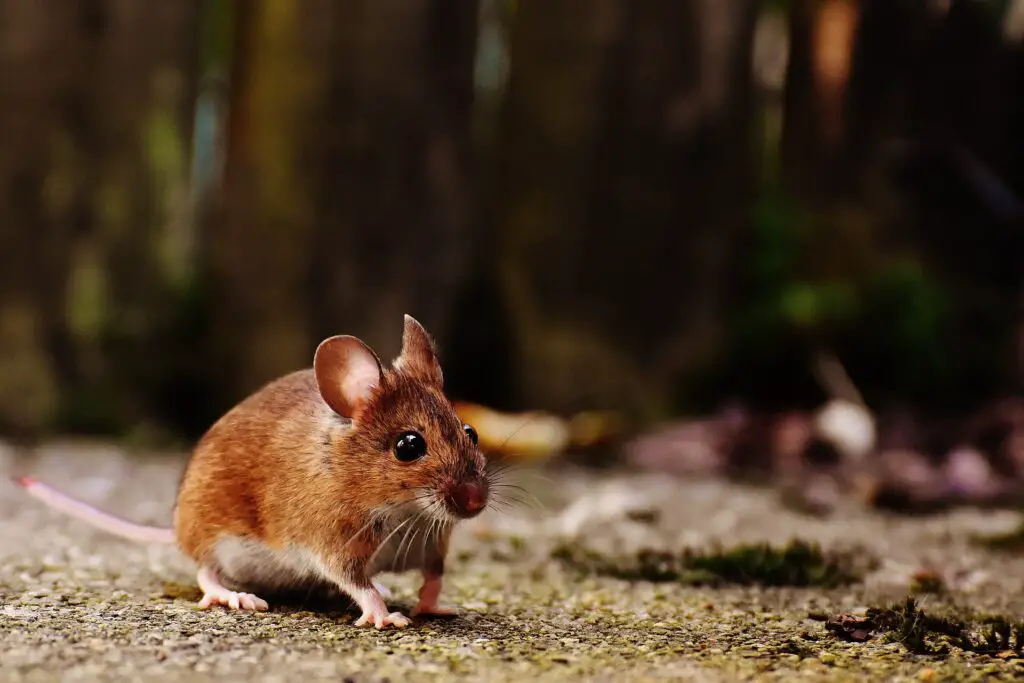
Rats and mice are two of the most common household pests that people encounter. While they may look similar at first glance, there are several differences between the two that can impact how they are dealt with. This article will explore the differences between rats and mice and provide information on how to identify and control them.
Rats and mice are both members of the rodent family, but they have distinct differences in appearance, behavior, and habitat. Rats are larger than mice and can grow up to 10 inches in length, not including their tails. They have long, pointed snouts, small ears, and large, sharp teeth. Mice, on the other hand, are smaller and typically only grow to about 3-4 inches in length. They have rounder snouts, larger ears, and smaller teeth than rats.
In addition to their physical differences, rats and mice also have different behaviors and habitats. Rats are more likely to live outdoors and prefer to burrow in soil or under buildings. They are also more aggressive than mice and can be dangerous if cornered or provoked. Mice, on the other hand, are more likely to live indoors and prefer to nest in warm, dark places like attics, walls, and basements. They are also more timid than rats and are less likely to bite or attack humans.
Physical Characteristics
Size and Weight
Rats and mice are both small rodents, but there are differences in their size and weight. Rats are usually larger than mice, with an average length of 10-12 inches and weight of 7-18 ounces. Mice, on the other hand, are smaller, measuring 3-4 inches in length and weighing only 0.5-1 ounce.
Fur Texture and Color
Both rats and mice have fur, but there are differences in their texture and color. Rats have coarser fur that is usually brown or black, while mice have softer fur that can be gray, brown, or white. Some mice also have spots or stripes on their fur.
Anatomical Differences
There are also anatomical differences between rats and mice. Rats have longer tails and larger ears than mice. They also have larger teeth that are more visible when their mouths are closed. Mice, on the other hand, have shorter tails and smaller ears. Their teeth are less visible when their mouths are closed.
In summary, rats and mice have distinct physical characteristics that set them apart from each other. These differences can help people identify which type of rodent they are dealing with and take appropriate action to control them.
Behavioral Traits
Social Behavior
Rats and mice are both social animals, but they differ in their social behavior. Rats are more social than mice and tend to live in larger groups. They are also more likely to engage in social grooming and play behavior. Mice, on the other hand, tend to be more territorial and solitary. They may live in small groups, but they are more likely to fight with each other.
Reproductive Habits
Rats and mice have different reproductive habits. Rats are more prolific breeders than mice and can have litters of up to 14 pups. They also have a shorter gestation period of around 21-23 days. Mice, on the other hand, have smaller litters of around 5-6 pups and a longer gestation period of around 19-21 days. Both rats and mice reach sexual maturity at around 6-8 weeks of age.
Nesting and Habitat
Rats and mice have different nesting and habitat preferences. Rats prefer to nest in burrows or in dark, secluded areas such as attics and basements. They are also more likely to build complex nests using a variety of materials. Mice, on the other hand, prefer to nest in small, dark spaces such as wall voids and cabinets. They build simpler nests using materials such as paper and fabric.
In summary, rats and mice have different behavioral traits. Rats are more social, have larger litters, and prefer to nest in burrows or dark, secluded areas. Mice, on the other hand, are more territorial, have smaller litters, and prefer to nest in small, dark spaces.
Scientific Classification
Genus and Species
Both rats and mice belong to the order Rodentia, which includes over 2,000 species of rodents. Rats belong to the genus Rattus, which includes several species such as the Norway rat (Rattus norvegicus) and the black rat (Rattus rattus). Mice, on the other hand, belong to the genus Mus, which includes several species such as the house mouse (Mus musculus) and the field mouse (Mus domesticus).
Taxonomic Distinctions
Despite their similarities, rats and mice have distinct taxonomic differences. Rats are generally larger than mice, with a body length of up to 25 cm compared to the 7-10 cm body length of most mice species. Additionally, rats have a longer tail relative to their body size than mice.
Another distinguishing feature is the shape of their heads. Rats have a more triangular-shaped head, while mice have a more rounded head. Additionally, rats have thicker and more coarse fur compared to mice.
In terms of behavior, rats are generally considered to be more social and intelligent than mice. They are known to live in large groups and exhibit complex social behavior, while mice are typically more solitary and less social.
Overall, while rats and mice share many similarities, their distinct taxonomic features and behaviors make them unique in their own ways.
Practical Implications
Laboratory Research
In laboratory research, both rats and mice are commonly used as model organisms due to their genetic and physiological similarities to humans. However, it is important to note that there are significant differences in their behavior, anatomy, and metabolism that can affect the outcome of experiments. For example, rats have a larger body size and different feeding habits than mice, which can impact drug metabolism and toxicity. Researchers must carefully consider these differences when selecting the appropriate animal model for their studies.
Pest Control Considerations
Rats and mice are both common pests that can cause significant damage to homes and businesses. However, they require different pest control strategies due to their distinct behaviors and habitats. Rats are larger and more aggressive than mice, and they are more likely to burrow and nest in walls, attics, and basements. They also require larger bait stations and traps to effectively control their population. Mice, on the other hand, are smaller and more agile, and they tend to nest in smaller spaces such as cabinets, drawers, and appliances. They can be effectively controlled with smaller bait stations and snap traps.
It is important to note that pest control measures should be carried out in a humane and ethical manner, and that indiscriminate use of poisons and traps can harm non-target animals and the environment. Homeowners and business owners should consult with licensed pest control professionals to develop a safe and effective pest management plan that takes into account the specific needs of their property and the surrounding ecosystem.
Frequently Asked Questions (FAQs)
Q: What are the main differences in size between rats and mice?
A: Rats are generally larger than mice, with an average length of 9-11 inches and a weight of 7-18 ounces. Mice, on the other hand, are smaller, measuring about 3-4 inches in length and weighing around 0.5-1 ounce.
Q: How can I distinguish between rat and mouse droppings?
A: Rat droppings are typically larger than mouse droppings and have a tapered, spindle-like shape. Mouse droppings, on the other hand, are smaller and more rounded. Additionally, rat droppings may contain hair or food debris, while mouse droppings usually do not.
Q: What should I look for to determine if I have rats or mice in my home?
A: Signs of rodent activity in your home may include droppings, gnaw marks on food packaging or other materials, and the presence of nests or burrows. Rats and mice may also leave greasy smears along walls and floors as they travel through your home.
Q: Are rats more harmful than mice, or vice versa?
A: Both rats and mice can carry diseases and cause damage to your home and belongings. However, rats may be more dangerous due to their larger size and tendency to bite when threatened.
Q: Do rats and mice have different diets?
A: While both rats and mice are omnivorous and will eat a variety of foods, rats are known to consume larger quantities of food than mice. Additionally, rats may prefer to eat meat, while mice may be more inclined to eat seeds and grains.
Q: Will rats prey on mice?
A: Rats are known to be opportunistic predators and may prey on smaller animals, including mice. However, this behavior is not common and mice are more likely to be threatened by other predators, such as cats or birds of prey.
Conclusion
It’s important to recognize that while both rats and mice are rodents, they exhibit distinct characteristics. Rats tend to be larger, with Norway rats and brown rats being common examples. These species have prominent rat tails, larger rat ears, and a noticeable size difference compared to their mouse counterparts. On the other hand, mice tend to be smaller, with house mice being a prime example. They are known for their less prominent tails and smaller ears.
Both mice and rats have specific dietary preferences, with rats often gravitating towards protein-rich foods, while mice chew on a variety of materials, indicating a less selective diet. Rodent infestation, whether it’s a rat or mouse infestation, presents significant concerns, particularly in domestic settings. Understanding the difference in rodent droppings can be a key indicator – rat species generally have larger droppings compared to the smaller, grain-like droppings of mice.
The physical appearance of these creatures can be a telltale sign; rat tails are typically longer and thicker compared to the thinner tail of a mouse. While both rats and mice can cause substantial damage, it’s crucial to identify which rodent you’re dealing with to implement effective control measures. Remember, effective management of a rodent problem begins with correct identification, whether dealing with the larger, more robust rats or the smaller, agile mice.

